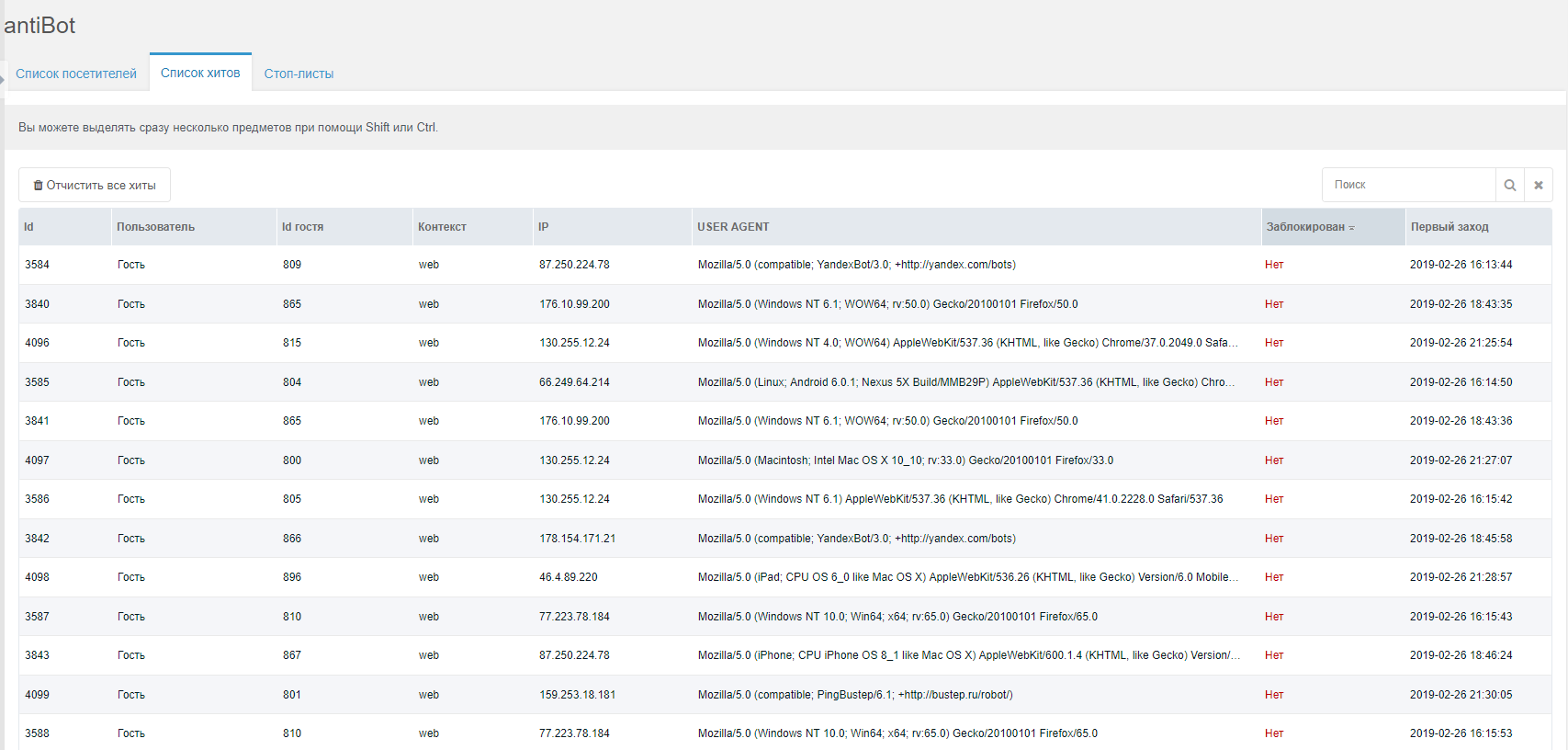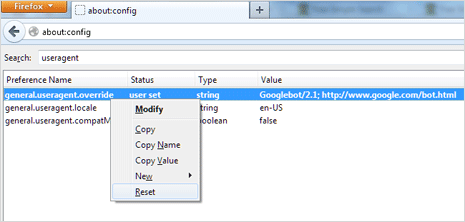
- #DOTBOT USER AGENT HOW TO#
- #DOTBOT USER AGENT INSTALL#
- #DOTBOT USER AGENT UPDATE#
- #DOTBOT USER AGENT FULL#
Is specified when running the installer). Source locations are specified relative to the base directory (that Link commands are specified as a dictionary mapping targets to source Environment variables in paths are automatically expanded. If desired, items can be specified to be forcibly linked, overwriting existingįiles if necessary. Link commands specify how files and directories should be symbolically linked. Most Dotbot commands support both a simplified and extended syntax, and theyĬan also be configured via setting defaults. If a YAMLĬonfiguration file is not behaving as you expect, try inspecting theĮquivalent JSON and check that it is correct. When writing nested constructs, keep in mind that YAML is whitespace-sensitive.įollowing the formatting used in the examples is a good idea. Tasks are run in the order in which they are specified. Is a dictionary that contains a command name mapping to data for that command. Updates between machines becomes really easy).ĭotbot configuration files are arrays of tasks, where each task This makes a lot of things easier to do (in particular, syncing Installer should be able to be run multiple times without causing any Ideally, bootstrap configurations should be idempotent.
#DOTBOT USER AGENT HOW TO#
Currently, Dotbot knows how to link files andįolders, create folders, execute shell commands, andĬlean directories of broken symbolic links. Configurationĭotbot uses YAML or JSON-formatted configuration files to let you specify how JSON configuration files areĬonventionally named. The configuration file is typically written in YAML, but it can also be written The conventional name for the configuration file is. Here's an example of a complete configuration.
#DOTBOT USER AGENT INSTALL#
If you prefer, you can install Dotbot from PyPI and call it as a command-line Subrepo, run git fetch & git checkout origin/master in the Dotbot directory. The old version of Dotbot will be checked out by the install script. Submodule be sure to commit your changes before running.
#DOTBOT USER AGENT UPDATE#
If using a submodule, run git submodule update -remote dotbot, substituting dotbot with the path to the Dotbot Setting up Dotbot as a submodule or subrepo locks it on the current version. You can change either of these parameters byĮditing the variables in the install script appropriately. By default, the scriptĪssumes that the configuration is located in the Dotbot
#DOTBOT USER AGENT FULL#
Version of Dotbot and calls the full Dotbot installer. Note: The install script is merely a shim that checks out the appropriate To help you get started we have anĮxample config file as well as configurationĭocumentation for the accepted parameters. To get started, you just need to fill in the and Dotbot If you are using PowerShell instead of a POSIX shell, you can use the provided Hg init # initialize repository if needed If you're using Mercurial, you can add Dotbot as a subrepo: cd ~/.dotfiles # replace with the path to your dotfiles gitmodules dirty # ignore dirty commits in the submodule Git init # initialize repository if needed If you're using Git, you can add Dotbot as a submodule: cd ~/.dotfiles # replace with the path to your dotfiles

The following will help you get set up using Dotbot in just a few steps. You're just looking for some inspiration, we've got you covered. Template repository, check out dotfiles_template. Great! You can automate the creation of your dotfiles by using the Replacement for any other tool you were using to manage your dotfiles, andĭotbot is VCS-agnostic - it doesn't make any attempt to manage your dotfiles.Įxplanations of how to organize your dotfiles. It does less than you think, because versionĭotbot is designed to be lightweight and self-contained, with no externalĭependencies and no installation required.

When we see this tag on a page, Google will completely drop the page from our search results, even if other pages link to it.

One possible alternative solution is also mentioned in above document:Īlternatively, you can use a noindex meta tag. However, Google won't index the page if it's blocked in robots.txt and there's an active removal request for the page. Note that in general, even if a URL is disallowed by robots.txt we may still index the page if we find its URL on another site. If the page still exists but you don't want it to appear in search results, use robots.txt to prevent Google from crawling it. Quoting Google's support page "Remove a page or site from Google's search results": Besides having to wait, because Google's index updates take some time, also note that if you have other sites linking to your site, robots.txt alone won't be sufficient to remove your site.


 0 kommentar(er)
0 kommentar(er)
